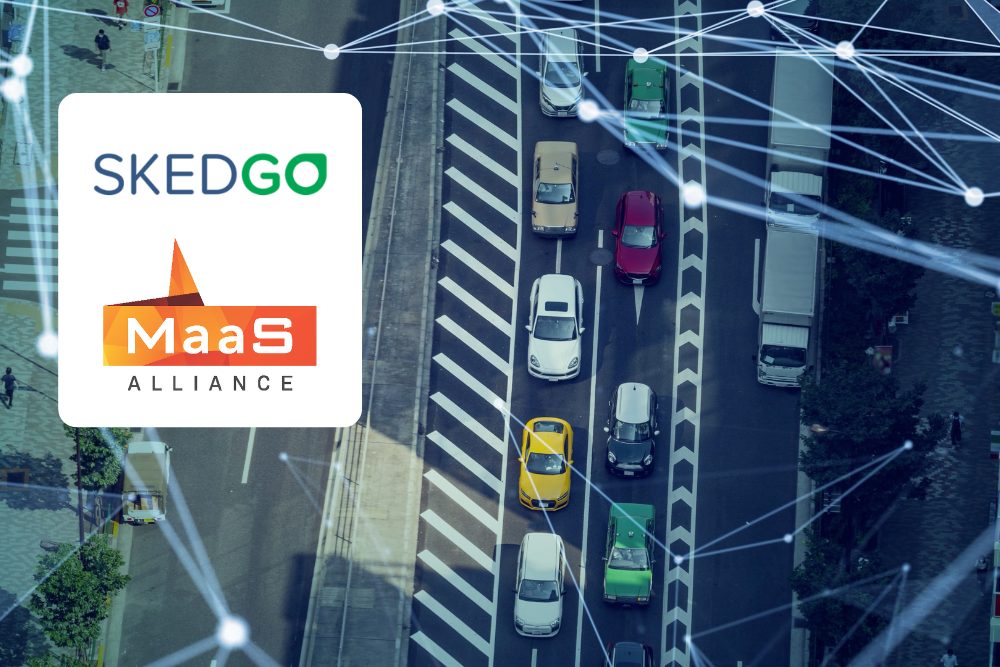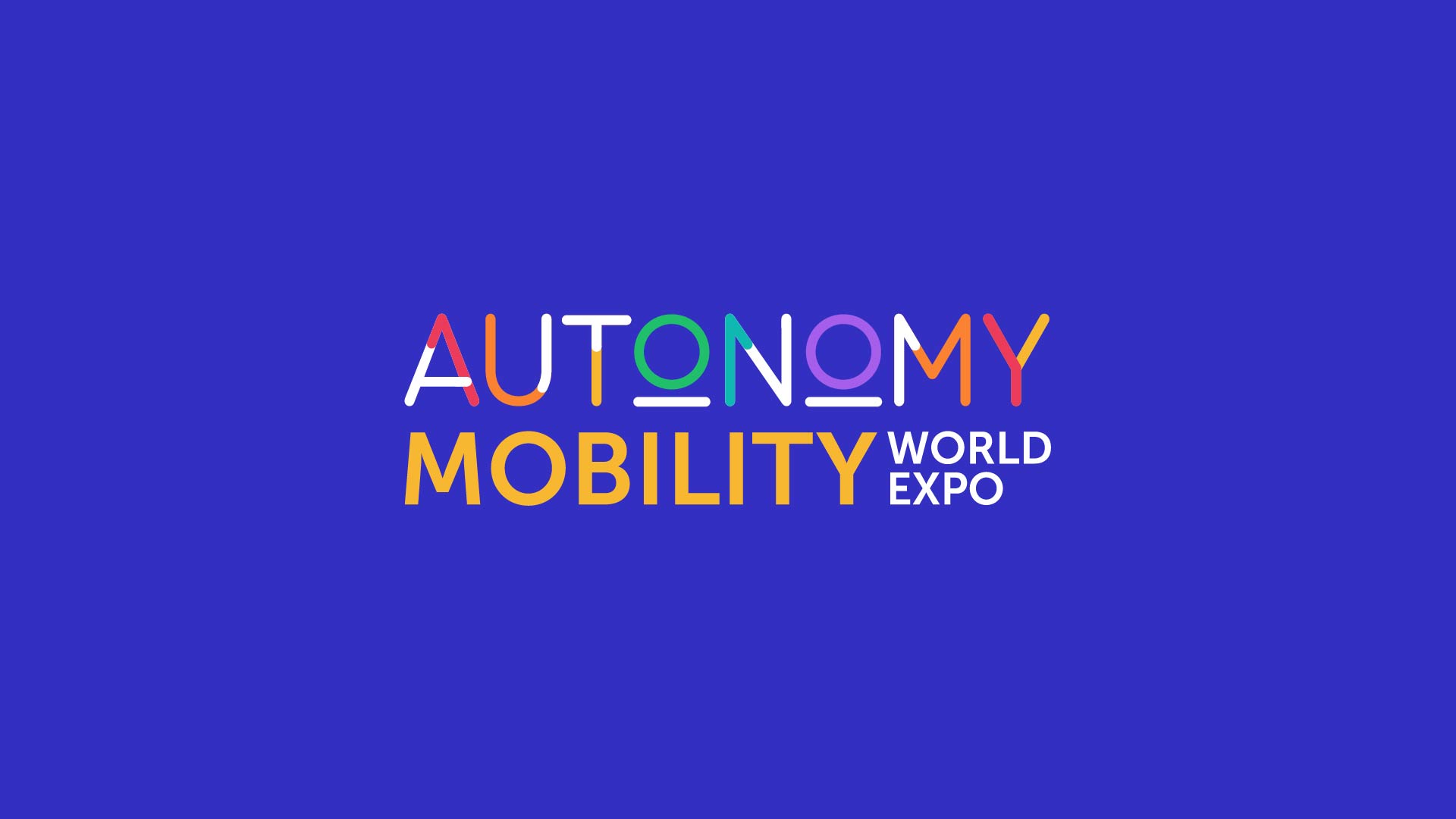Blog entry by Boyd Cohen, CEO at Iomob
In the most recent book by Bill Gates, How to Avoid a Climate Disaster, he presents important evidence regarding the need to accelerate a path to zero emissions by 2050. He references the generally accepted current annual global emissions of 51 billion tons and implores us to leverage existing low carbon technologies and invest in R&D to build those we are missing to get us to zero. Gates argues that to accelerate the path, venture capital (VC) firms like his own, Breakthrough Energy, need to focus on investing in technologies that at scale could remove at least 1 billion tons of emission from the atmosphere on annual basis by 2050.
Meanwhile, Daniel Valenzuela, a climate tech investor has advocated that VC funds evaluating the potential impact of startups to the climate agenda should calculate something he refers to as Total Avoidable Emissions (TAE). This metric was inspired by Total Addressable Market, a common metric employed by VCs in assessing how big the market opportunity is for startups in different verticals. Having spent a decade focusing on this topic, co-authoring the book Climate Capitalism in 2011, and now as co-founder and CEO of Iomob, I find the framings set forward by Gates and Valenzuela quite useful.
We at Iomob were so inspired by Daniel’s thinking and how it aligned with our own that we reached out to him and organized a joint workshop with him and our current impact investors, Creas. The goal was to create a framework for assessing the total avoidable emissions of multimodal mobility platforms like Iomob’s.
What came out of the workshop was a path forward to initiate the evaluation of total avoidable emissions from multimodal mobility and I’m excited to present it to you today in the form of an index we have named TAE Multimodal. It is important to mention that the analysis we have conducted is not focused on Iomob specifically. It shows the potential of multimodal mobility platforms, including Iomob, in reducing total avoidable emissions if they were adopted at global scale and were to become ubiquitous.
Thus, the analysis we have developed for v1.0 of the TAE Multimodal Index serves as a useful tool when considering the role of the Mobility as a Service/Mobility on Demand industry on the path to net-zero.
Key Components of the TAE Multimodal Index
It is important to note that an underlying theme of virtually all multimodal mobility deployments worldwide is to help make it easier for users -whether they are passengers of rail or air, public transit users, car owners, employees – to shift from less sustainable to more sustainable transport modes. This is reflected in the TAE Multimodal Index that covers how multimodal mobility can help reduce emissions from passenger transport through a shift to cleaner modes of transport.
To develop the estimates included in the Index, Iomob referenced a number of peer-reviewed as well as other published research sources that illustrate emissions levels from different passenger transportation modes. Some sources included: The International Energy Agency, the World Resource Institute, the World Bank and a range of national and multinational environmental agencies. Of course, this is a first effort and we expect to collaborate with other thought leaders on the topic to further refine and enhance the model.
Here are four ways that multimodality can reduce CO2 emissions generated by transport:
- Modal shift from short haul flights to RailMaaS: 248 Mn tonnes of CO2
In recent years we have seen growing attention by regulators and citizens regarding the climate impact of air travel. While it is not realistic in the near future to achieve zero carbon air travel or to avoid altogether long-distance air travel for work and pleasure, short-haul flights are another story altogether. In Europe, regulators are starting to ban or discourage short-haul flights especially in regions that are well served by high-speed rail. France was amongst the first this year to legislate such bans. At the same time, the rail and airline industry in Germany has voluntarily agreed to support modal shift from short haul flights to rail for at least 20% of domestic flights, with a target of reducing one sixth of the annual CO2 emissions generated by domestic flights.
Our preliminary analysis suggests that 235 million tonnes of emissions could be avoided globally if multimodal platforms were widely deployed and high-speed rail was widely available.
To revert to Bill Gates’ logic, while some technologies are already available to accelerate the path to zero, they may not be available at scale yet. For example, high speed rail is not yet available everywhere needed. There is hope on the horizon and the prime example is the US where high-speed rail has mostly been a futuristic fantasy until now. Brightline Trains, the first private passenger rail operator in the US in a century, already launched high speed rail service in southern Florida and within a few years will not only service Miami-Orlando but also Las Vegas-Los Angeles. Their goal is to help accelerate the use of high-speed rail instead of short haul flights or long-distance driving between city pairs with frequent journeys. Brightline recently became an Iomob client and will be deploying a full multimodal solution within months that will allow their passengers to travel door to door with low to zero carbon mobility services.
- Modal Shift from long-distance car journeys to RailMaaS: 120 Mn tonnes of CO2
As referenced from the Brightline vision, modal shift to rail can be powerful in replacing short-haul flights, and also long-distance car journeys. The difference in environmental impact compared to rail is even bigger when the journey is in an internal combustion vehicle with a single occupant. In fact, the European Environment Agency produced a report earlier this year which demonstrated that long distance road travel conducted by a single driver produces more emissions than a short-haul flight on a per person basis.
Therefore, an important area of impact for multimodal platforms is to encourage the shift from long-distance car journeys to multimodal, RailMaaS journeys.
- Modal Shift from private car to multimodal commutes: 630 Mn tonnes of CO2
Many communities and countries around the globe remain highly car-dependent and a surprising number of average commutes not only rely on the private car but are also single occupant vehicles. This category of avoidable emissions has been the primary focus of our multimodal colleagues at MaaS Global who foresee a future where people abandon car ownership altogether and instead switch to a monthly subscription to multimodal mobility services. If such a shift were to take place on a global scale, assuming quality alternative low carbon multimodal services are readily available, we could avoid 630 Mn tonnes of CO2 emissions annually.
- Modal shift from ride-hailing and taxi journeys to a mix of micromobility, green transit and EV taxis: 346 Mn tonnes of CO2
In the past ten years we have witnessed an explosion of ride-hailing services which have transformed the user experience across the taxi industry. Yet the pervasiveness of ride-hailing has exacerbated emissions beyond what taxis were generating, with one study by the Union of Concerned Scientists demonstrating that single passenger ride-hailing leads to 47% higher emissions than traditional taxi services. Thankfully, the taxi and ride-hailing industry is starting to embrace fleet replacement to EVs which will accelerate the path to zero, especially when the charging source of the batteries is renewable.
As we seek to rid our cities of congestion, even from EVs, we will want to encourage modal shift towards greener transit and when appropriate micromobility and active travel. In many cities, the most frequent ride-hailing trip is less than 3 miles, which means modal shift could support switching to electric micromobility journeys.
If you are doing the math, you will see that multimodal mobility has a Total Avoidable Emissions (TAE) Index of 1.34 billion tonnes if all four categories of reductions were scaled globally.
If you would like to engage more with this topic, have a look at our latest webinar On the path to net-zero through multimodality where Boyd Cohen is joined by experts from the World Business Council for Sustainable Development and the World Economic Forum in exploring how the multimodal MaaS/MoD community can exceed 1 billion tonnes of avoided CO2 emissions.
Source: Iomob



